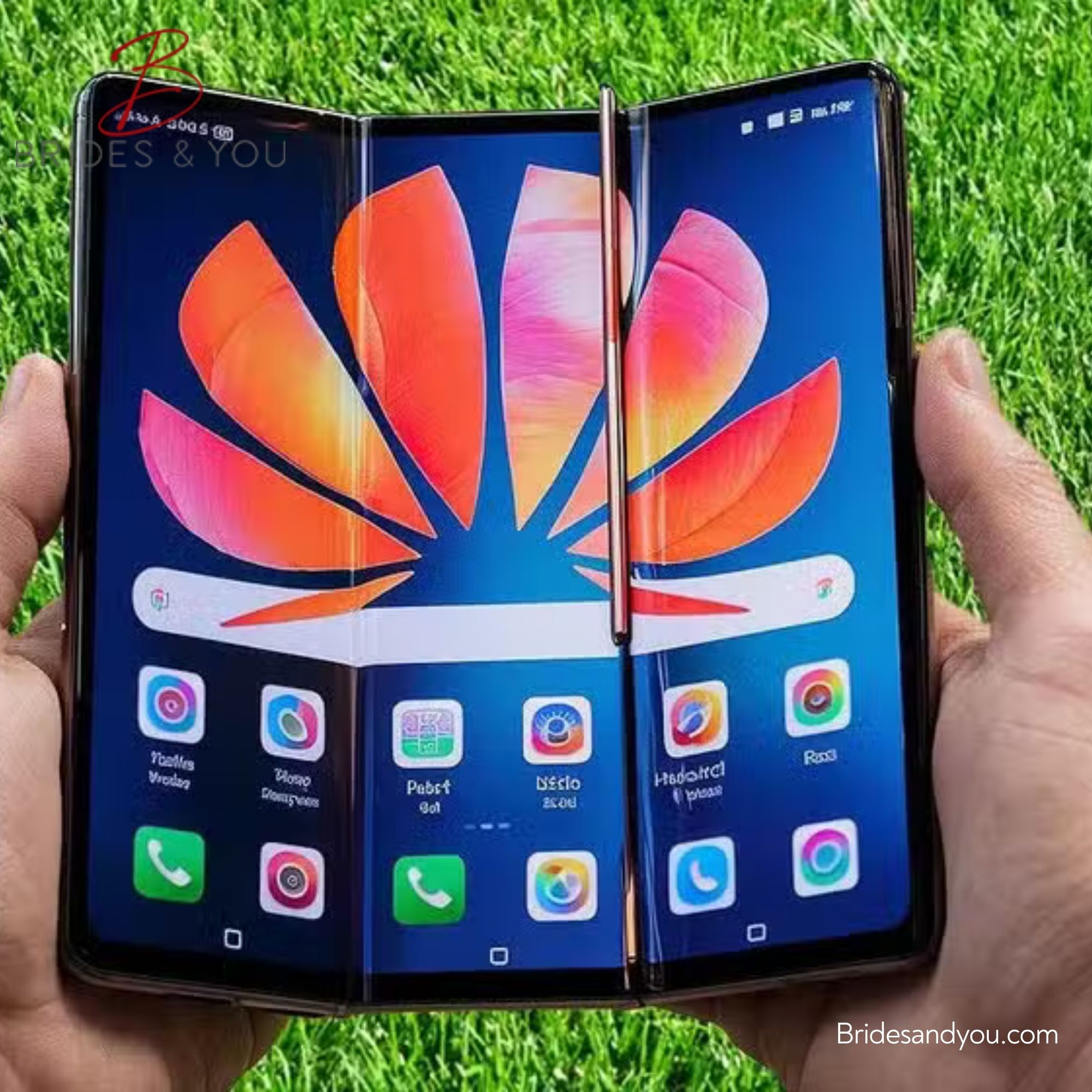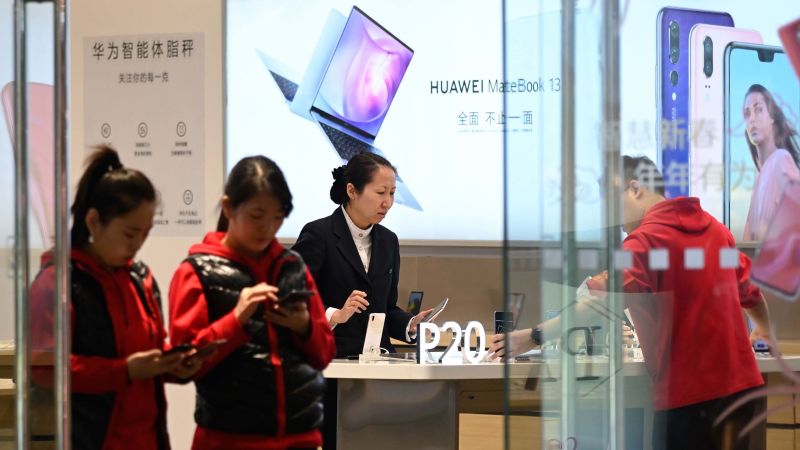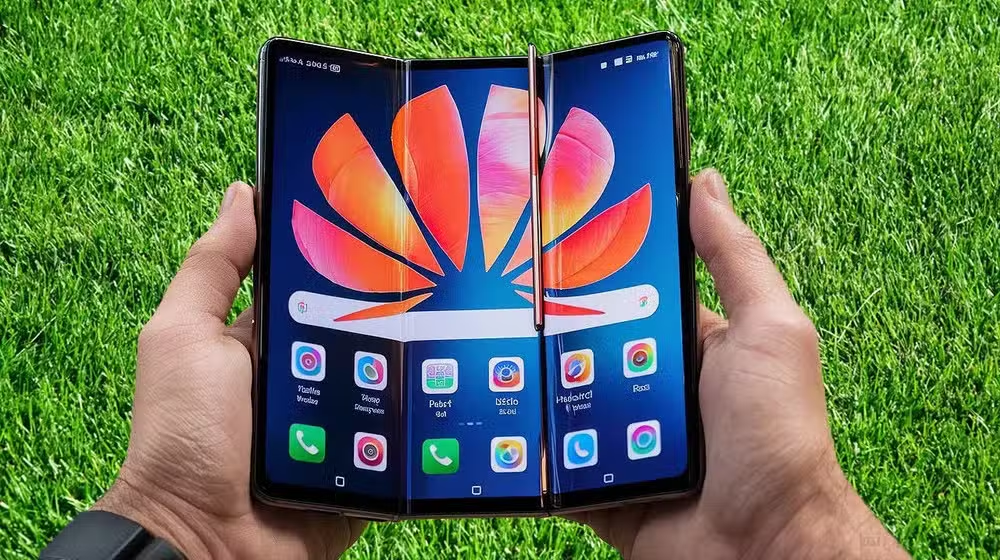Now Reading: Huawei Becomes Biggest Smartphone Brand in China in Q2 2025
-
01
Huawei Becomes Biggest Smartphone Brand in China in Q2 2025
Huawei Becomes Biggest Smartphone Brand in China in Q2 2025

China’s Smartphone Market Faces Decline
China’s smartphone market saw a 4% drop in shipments in Q2 2025 compared to last year. According to Canalys, the market shipped 67.8 million units, down from 70.5 million in Q2 2024. This decline followed the end of a national subsidy program that had boosted sales earlier in the year. Despite this dip, China’s market remains stronger than the global smartphone industry, showing resilience in tough times.
The end of subsidies may slow growth in the second half of 2025. Brands now face challenges to keep up their momentum. However, exciting new releases and smart strategies from top companies keep the competition fierce.

Huawei’s Strong HarmonyOS Push
Huawei claimed the title of the biggest smartphone brand in China, shipping 12.2 million units in Q2 2025. This gave them an 18% market share, up from 15% last year. Their success came from the popular Nova 14 series, powered by HarmonyOS 5.0. This operating system offers smooth performance and a user-friendly experience, attracting many buyers.
Huawei’s 15% growth compared to Q2 2024 shows their strong comeback. By focusing on stylish designs and affordable prices, Huawei won over customers and beat competitors to the top spot.

Vivo Holds Strong in Second Place
Vivo secured second place with 11.8 million smartphones shipped, holding a 17% market share. However, their shipments dropped by 10% from 13.1 million units in Q2 2024. To stay competitive, Vivo launched new models like the X200, S30, and Y300 series throughout the quarter.
These staggered releases helped Vivo appeal to different customer groups, from budget buyers to those seeking premium devices. Their smart strategy kept them close behind Huawei despite the market’s challenges.
Oppo Stays Competitive with OnePlus
Oppo, including its OnePlus brand, took third place with 10.7 million units shipped, earning a 16% market share. Their shipments fell by 5% from 11.3 million in Q2 2024. Oppo’s focus on new models like the Reno 14 series helped them stay strong in the market.
By combining innovative features and reliable performance, Oppo continues to attract loyal customers. Their partnership with OnePlus also boosts their reach, especially in online sales channels.
Xiaomi and Apple in the Top Five
Xiaomi shipped 10.4 million smartphones, capturing a 15% market share with a 3% growth from last year. Their success came from new chipsets like the XRing O1 and strong retail expansion. Xiaomi’s focus on premium devices, like the Xiaomi 15s Pro, helped them stay competitive.
Apple, with 10.1 million units shipped, also held a 15% market share, growing by 4% from Q2 2024. The iPhone 16 series saw strong demand, but high prices limited their subsidy benefits. Both brands remain key players in China’s tough market.
What’s Next for China’s Smartphone Market?
The end of government subsidies poses challenges for smartphone brands in 2025. Companies like Huawei, Vivo, and Xiaomi are investing in new technologies, such as AI and foldable phones, to attract buyers. These innovations could drive upgrades and boost sales.
As competition heats up, brands must focus on unique features and affordable pricing to win customers. The second half of 2025 will test their ability to adapt in a changing market.










